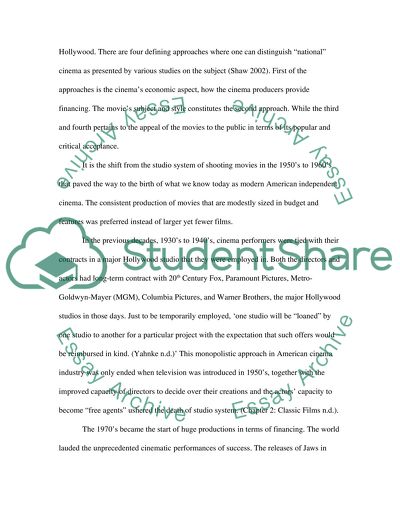Cite this document
(“Independence in American Cinema Essay Example | Topics and Well Written Essays - 2000 words”, n.d.)
Retrieved from https://studentshare.org/visual-arts-film-studies/1518257-american-independent-cinema
Retrieved from https://studentshare.org/visual-arts-film-studies/1518257-american-independent-cinema
(Independence in American Cinema Essay Example | Topics and Well Written Essays - 2000 Words)
https://studentshare.org/visual-arts-film-studies/1518257-american-independent-cinema.
https://studentshare.org/visual-arts-film-studies/1518257-american-independent-cinema.
“Independence in American Cinema Essay Example | Topics and Well Written Essays - 2000 Words”, n.d. https://studentshare.org/visual-arts-film-studies/1518257-american-independent-cinema.


